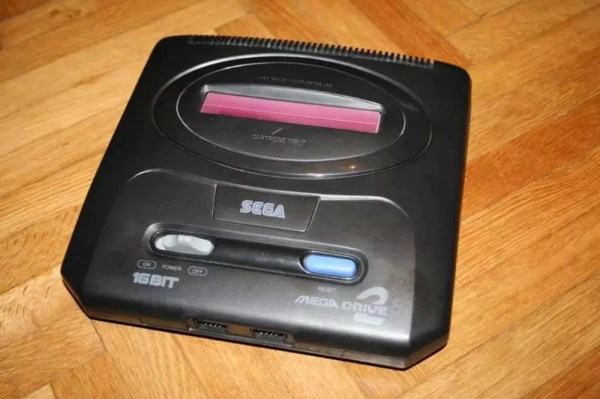If there’s one certainty in life, it is that Nintendo Famicom and similar NES clone consoles are quite literally everywhere. What’s less expected is that they were used for a half-serious attempt at making an educational family computer in the early 2000s. This is however what [Nicole Branagan] tripped over at the online Goodwill store, in the form of a European market Famiclone that was still in its original box. Naturally this demanded an up-close investigation and teardown.
The system itself comes in the form of a keyboard that seems to have been used for a range of similar devices based on cut-outs for what looks like some kind of alarm clock on the top left side and a patched over hatch on the rear. Inside are the typical epoxied-over chips, but based on some scattered hints it likely uses a V.R. Technology’s VTxx-series Famiclone. The manufacturer or further products by them will sadly remain unknown for now.
While there’s a cartridge slot that uses the provided 48-in-1 cartridge – with RAM-banked 32 kB of SRAM for Family BASIC – its compatibility with Famicom software is somewhat spotty due to the remapped keys and no ability to save, but you can use it to play the usual array of Famicom/NES games as with the typical cartridge-slot equipped Famiclone. Whether the provided custom software really elevates this Famiclone that much is debatable, but it sure is a fascinating entry.



![A Pegasus NES clone. Ktoso the Ryba [Public domain], via Wikimedia Commons.](https://hackaday.com/wp-content/uploads/2016/10/pegasus_consolepadgame.jpg?w=400)










